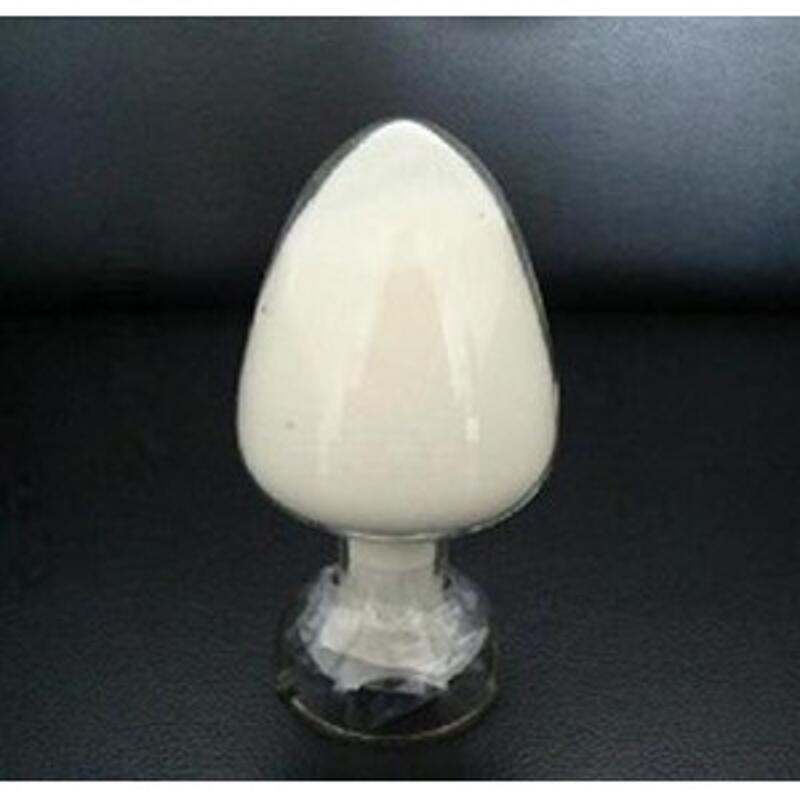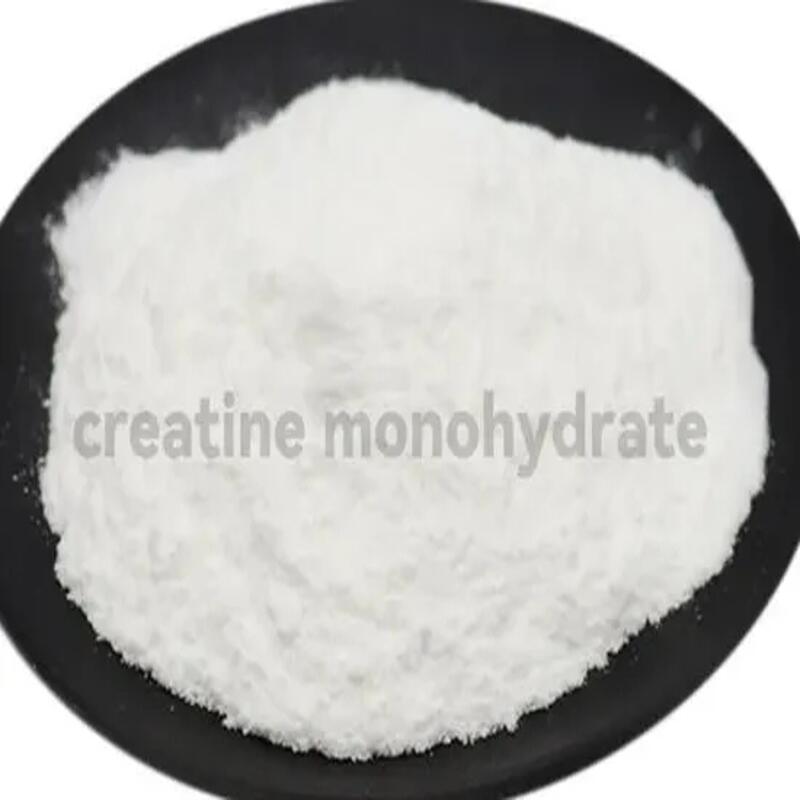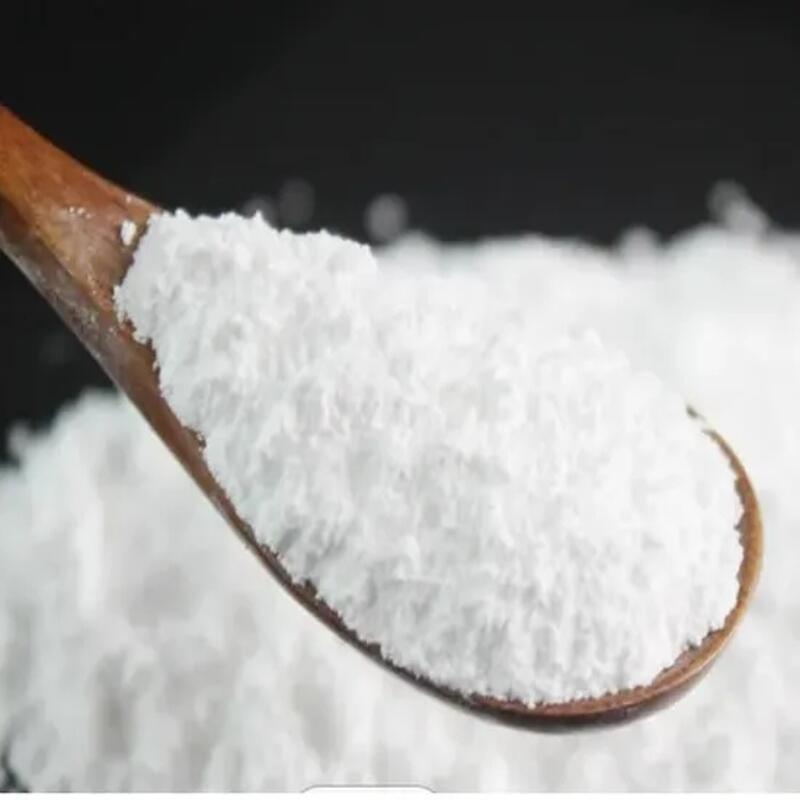-
Categories
-
Pharmaceutical Intermediates
-
Active Pharmaceutical Ingredients
-
Food Additives
- Industrial Coatings
- Agrochemicals
- Dyes and Pigments
- Surfactant
- Flavors and Fragrances
- Chemical Reagents
- Catalyst and Auxiliary
- Natural Products
- Inorganic Chemistry
-
Organic Chemistry
-
Biochemical Engineering
- Analytical Chemistry
-
Cosmetic Ingredient
- Water Treatment Chemical
-
Pharmaceutical Intermediates
Promotion
ECHEMI Mall
Wholesale
Weekly Price
Exhibition
News
-
Trade Service
From the perspective of the entire industry chain, the problem of fertilizer use is caused by multiple factors such as production, circulation, and management.
At present, we should adopt a multi-pronged approach, aiming at the main issues restricting the reduction of chemical fertilizers in all links of the industrial chain, and develop policies to promote "zero growth" in the use of chemical fertilizers.
"Subtraction" in production implements the "Guiding Opinions on Promoting the Transformation and Development of the Fertilizer Industry" issued by the Ministry of Industry and Information Technology in 2015, focusing on eliminating overcapacity, strictly complying with industry access conditions, controlling new production capacity, speeding up the elimination of outdated production capacity, and encouraging enterprise mergers and reorganizations.
For some small and medium-sized enterprises that have many business difficulties, backward technical conditions, and mainly engage in traditional fertilizer production, gradually guide them to withdraw actively.
Adjust the product structure of the enterprise according to the regional soil types and crop types to more closely match the actual needs of agricultural production.
Transform and change the business philosophy of fertilizer companies, strengthen agrochemical services, form a "product + service" business model, and expand the development space of the company.
Innovate agrochemical service models, and launch commercial service models such as special fertilizer preparation and personalized customization.
Management as a "subtraction" fertilizer as a special agricultural input, its product characteristics determine that it must be managed through a special law.
The United States, Canada, Japan, EU member states and other countries and regions have issued fertilizer laws or related laws.
In response to the lack of fertilizer management legislation in my country, we will speed up the promulgation of the "Fertilizer Management Regulations", establish fertilizer product access and exit mechanisms, clarify the responsibilities of relevant management departments, and standardize the behavior of production, distribution, and use.
Strengthen the construction of supervision and law enforcement capacity, normalize the work of multi-departmental joint agricultural material counterfeiting, and severely crack down on the production and sale of counterfeit and inferior fertilizers.
From the perspective of fertilizer use patterns of different crops and varieties, fruit trees and vegetables are the focus of fertilizer reduction in the future, and are also key areas for the expansion and promotion of soil testing and formula fertilization projects.
A subsidy policy for the use of commercial organic fertilizers has been introduced to guide farmers in Fertilizer replacement.
Food crops still have the potential for "weight loss".
According to estimates, if all fertilizers are applied in accordance with the soil testing formula, the use of chemical fertilizers for food crops can be reduced.
26.
7%.
Establish formula fertilizer production, processing and distribution service centers in crop production areas, implement the pilot work of adjusting and improving the three subsidy policies for agriculture, link subsidies to the protection of cultivated land fertility, and tilt toward formula fertilizers, slow (controlled) release fertilizers and other new types of fertilizers.
Research and solve the bottleneck restricting the utilization of straws and other resources, and gradually increase the organic matter content of arable land.
Carry out education and training on scientific fertilization of farmers.
The "subtraction" of science and technology strengthens the scientific and technological research and development capabilities of enterprises, strives for breakthroughs in key technologies and equipment, and encourages enterprises to develop efficient and environmentally friendly fertilizers.
Promote the integration of production, education and research, strengthen the cultivation of fertilizer-saving crops, and initiate the implementation of comprehensive technology research and development and integration projects for crop-saving fertilizer.
Establish a team of experts to strengthen technical guidance and services, promote high-efficiency fertilization technologies such as simultaneous seed fertilizer and deep application of chemical fertilizers, and strive to improve the utilization rate of chemical fertilizers.
Encourage places where conditions permit to establish a "agricultural material supervision and traceability platform", make full use of information technology to ensure the safety of "sale", "buy" with confidence, and "use" can be managed and checked.
Standardize the "Internet + Fertilizer" business model and strengthen online and offline product supervision capabilities.
Absorb and draw on the essence of traditional agricultural technology, such as rice field fish farming, mulberry fish ponds and other circular agricultural models, build a low-carbon agricultural technology system, promote a number of eco-agricultural models with high economic and ecological benefits, and establish industrial and regional levels Multi-level loop network.
(
At present, we should adopt a multi-pronged approach, aiming at the main issues restricting the reduction of chemical fertilizers in all links of the industrial chain, and develop policies to promote "zero growth" in the use of chemical fertilizers.
"Subtraction" in production implements the "Guiding Opinions on Promoting the Transformation and Development of the Fertilizer Industry" issued by the Ministry of Industry and Information Technology in 2015, focusing on eliminating overcapacity, strictly complying with industry access conditions, controlling new production capacity, speeding up the elimination of outdated production capacity, and encouraging enterprise mergers and reorganizations.
For some small and medium-sized enterprises that have many business difficulties, backward technical conditions, and mainly engage in traditional fertilizer production, gradually guide them to withdraw actively.
Adjust the product structure of the enterprise according to the regional soil types and crop types to more closely match the actual needs of agricultural production.
Transform and change the business philosophy of fertilizer companies, strengthen agrochemical services, form a "product + service" business model, and expand the development space of the company.
Innovate agrochemical service models, and launch commercial service models such as special fertilizer preparation and personalized customization.
Management as a "subtraction" fertilizer as a special agricultural input, its product characteristics determine that it must be managed through a special law.
The United States, Canada, Japan, EU member states and other countries and regions have issued fertilizer laws or related laws.
In response to the lack of fertilizer management legislation in my country, we will speed up the promulgation of the "Fertilizer Management Regulations", establish fertilizer product access and exit mechanisms, clarify the responsibilities of relevant management departments, and standardize the behavior of production, distribution, and use.
Strengthen the construction of supervision and law enforcement capacity, normalize the work of multi-departmental joint agricultural material counterfeiting, and severely crack down on the production and sale of counterfeit and inferior fertilizers.
From the perspective of fertilizer use patterns of different crops and varieties, fruit trees and vegetables are the focus of fertilizer reduction in the future, and are also key areas for the expansion and promotion of soil testing and formula fertilization projects.
A subsidy policy for the use of commercial organic fertilizers has been introduced to guide farmers in Fertilizer replacement.
Food crops still have the potential for "weight loss".
According to estimates, if all fertilizers are applied in accordance with the soil testing formula, the use of chemical fertilizers for food crops can be reduced.
26.
7%.
Establish formula fertilizer production, processing and distribution service centers in crop production areas, implement the pilot work of adjusting and improving the three subsidy policies for agriculture, link subsidies to the protection of cultivated land fertility, and tilt toward formula fertilizers, slow (controlled) release fertilizers and other new types of fertilizers.
Research and solve the bottleneck restricting the utilization of straws and other resources, and gradually increase the organic matter content of arable land.
Carry out education and training on scientific fertilization of farmers.
The "subtraction" of science and technology strengthens the scientific and technological research and development capabilities of enterprises, strives for breakthroughs in key technologies and equipment, and encourages enterprises to develop efficient and environmentally friendly fertilizers.
Promote the integration of production, education and research, strengthen the cultivation of fertilizer-saving crops, and initiate the implementation of comprehensive technology research and development and integration projects for crop-saving fertilizer.
Establish a team of experts to strengthen technical guidance and services, promote high-efficiency fertilization technologies such as simultaneous seed fertilizer and deep application of chemical fertilizers, and strive to improve the utilization rate of chemical fertilizers.
Encourage places where conditions permit to establish a "agricultural material supervision and traceability platform", make full use of information technology to ensure the safety of "sale", "buy" with confidence, and "use" can be managed and checked.
Standardize the "Internet + Fertilizer" business model and strengthen online and offline product supervision capabilities.
Absorb and draw on the essence of traditional agricultural technology, such as rice field fish farming, mulberry fish ponds and other circular agricultural models, build a low-carbon agricultural technology system, promote a number of eco-agricultural models with high economic and ecological benefits, and establish industrial and regional levels Multi-level loop network.
(







